If you’re looking to grow something truly unique, delicious, and rewarding in your garden, Asian pears deserve a top spot on your list. Known for their crisp texture, refreshing juiciness, and apple-like crunch, Asian pears are often called “apple pears” because they combine the best traits of both fruits. Sweet, fragrant, and beautiful, they’re a standout among orchard fruits — and growing them at home is easier than you might think.
Inspired by the video “Asian Pears: The Ultimate RARE Fruit You Must Try Growing!”, this comprehensive guide will explore everything about these extraordinary fruits: their origins, types, planting techniques, care tips, harvesting, and why they’re a must-have addition to any fruit garden.
What Makes Asian Pears So Unique?
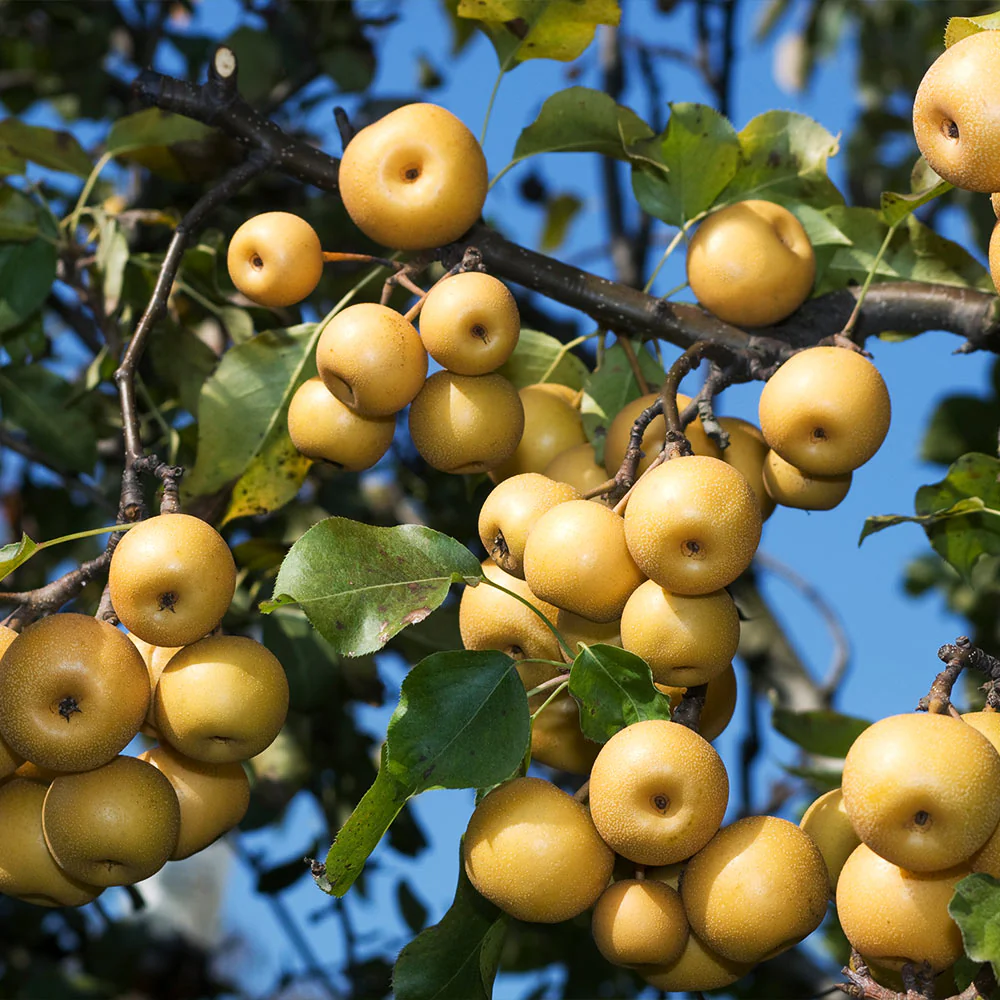
Asian pears (Pyrus pyrifolia) are a distinct species of pear native to East Asia, cultivated for thousands of years in Japan, China, and Korea. Unlike European pears — which soften as they ripen — Asian pears are crisp and firm even when ripe, offering a delightful crunch similar to apples but with the aromatic sweetness of a pear.
Their flavor can vary by variety, but most Asian pears combine honeyed sweetness with a refreshing, floral note that makes them perfect for fresh eating, salads, or juicing.
Here’s what sets them apart:
- Crisp, juicy texture — unlike any other pear.
- Naturally high in water content, making them incredibly refreshing.
- Long shelf life — they store well for months without losing quality.
- Visually stunning — round, golden, or bronze-skinned fruits that look like apples.
- Disease-resistant and productive, making them ideal for home gardeners.
Because they’re still relatively uncommon in home gardens, Asian pears are often considered a rare fruit in Western orchards — but one that’s quickly gaining popularity for its flavor and resilience.
The Origins and Global Appeal of Asian Pears
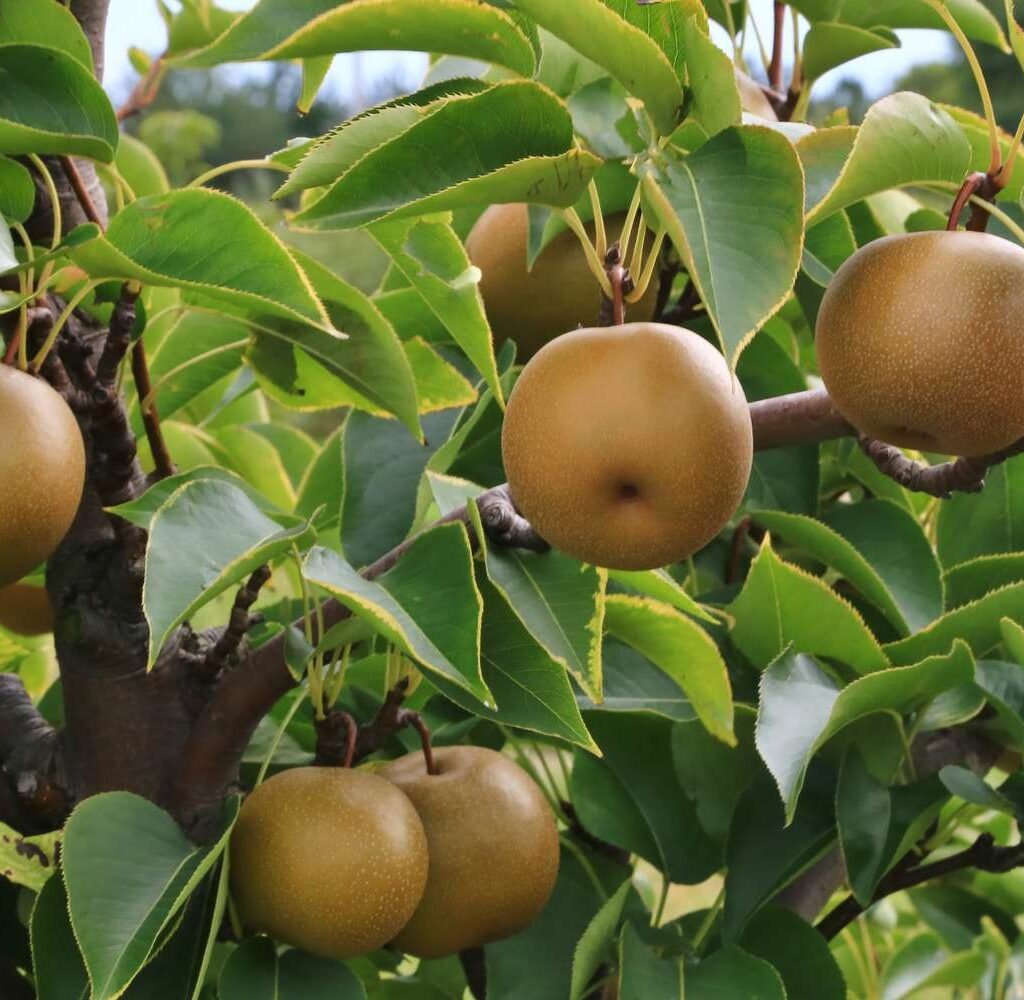
Asian pears have been cultivated for more than 3,000 years in East Asia, prized not only for their flavor but also for their symbolism. In many Asian cultures, pears represent longevity, purity, and prosperity. The fruit spread across the world through trade routes, reaching the United States in the 19th century.
Today, varieties like ‘Hosui,’ ‘Shinseiki,’ ‘Chojuro,’ and ‘Nijisseiki (20th Century Pear)’ are widely grown in both Asia and North America. They thrive in climates similar to apples, making them perfect for gardeners in USDA zones 5 through 9.
Why Every Gardener Should Try Growing Asian Pears
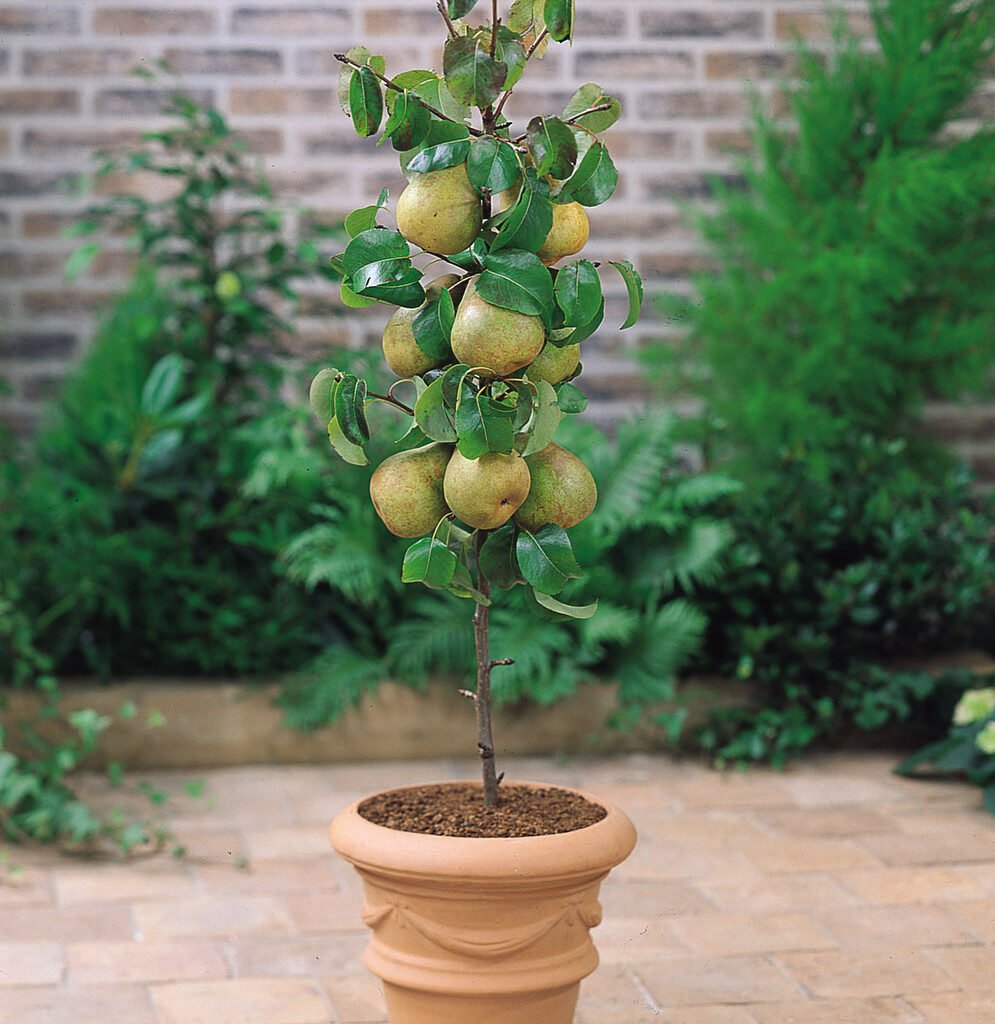
Asian pears are the ultimate fruit for home growers — not only for their rare beauty but also for their versatility and ease of cultivation.
Here’s why they’re worth growing:
- High Yields: Even young trees produce abundant crops once established.
- Low Maintenance: They require less pruning and are less prone to disease compared to European pears.
- Beautiful Blooms: In spring, the trees burst into clusters of white flowers, adding ornamental charm.
- Extended Storage: Unlike most fruits, Asian pears keep their crisp texture for months.
- Health Benefits: Rich in fiber, vitamin C, and antioxidants, they make a nutritious addition to any diet.
Choosing the Right Variety
Before planting, it’s important to select a variety suited to your climate and taste preferences. Here are some popular choices among gardeners:
- Hosui: Golden-brown skin with a rich, honey-sweet flavor. Excellent fresh eating variety.
- Shinseiki (New Century): Yellow-skinned, crisp, and juicy with a mild, refreshing taste.
- Chojuro: Bronze-colored fruit with a spiced, butterscotch-like sweetness.
- Nijisseiki (20th Century): Pale yellow fruit that’s extremely juicy and delicately sweet.
- Ya Li: More elongated and pear-shaped, popular in Chinese orchards for its floral aroma.
If you live in a cooler climate, ‘Shinseiki’ and ‘Nijisseiki’ are great choices due to their cold tolerance.
How to Plant Asian Pear Trees
1. Pick the Perfect Location
Asian pears need full sun—at least 6 to 8 hours of direct sunlight daily. Choose a site with well-drained soil, as standing water can cause root rot. Slightly acidic to neutral soil (pH 6.0–7.0) works best.
2. Prepare the Soil
Before planting, enrich the soil with organic compost or aged manure. Loosen the top 12–18 inches of soil to promote healthy root spread.
3. Planting the Tree
You can plant bareroot or container-grown Asian pear trees in early spring or late winter when the tree is dormant.
- Dig a hole twice as wide and just as deep as the root ball.
- Place the tree in the hole, ensuring the graft union (the bump above the rootstock) sits 2 inches above soil level.
- Backfill with native soil and firm it gently around the roots.
- Water thoroughly to settle the soil.
4. Mulching and Watering
Add a 2–3 inch layer of organic mulch (wood chips, straw, or compost) around the base of the tree, keeping it a few inches away from the trunk. This helps retain moisture and regulate soil temperature.
During the first year, water deeply once or twice a week. Mature trees need watering during dry spells, especially in fruiting season.
Pollination: Ensuring a Good Harvest
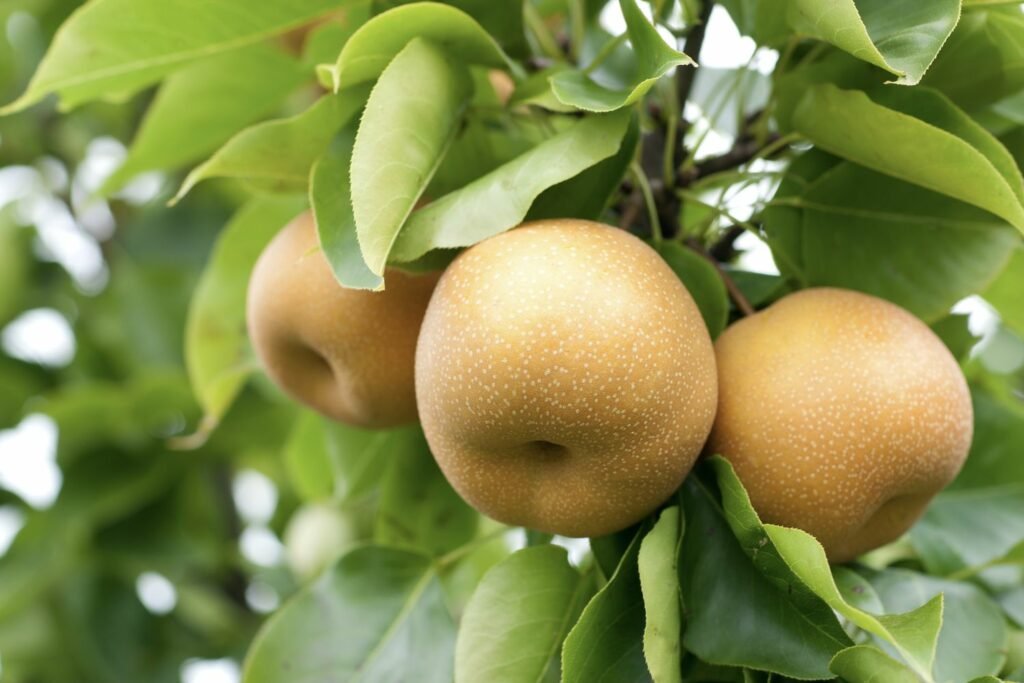
Most Asian pear varieties are not self-pollinating, meaning they require a second compatible pear variety for cross-pollination. Planting two varieties that bloom at the same time will significantly increase yields.
Excellent pollination partners include:
- Hosui × Shinseiki
- Chojuro × Nijisseiki
- Ya Li × Tsu Li
You can also plant a European pear nearby, though cross-pollination success varies between species. Bees are the primary pollinators, so avoid using pesticides during flowering.
Pruning and Training for Strong Growth
Pruning is essential for maintaining size, encouraging air circulation, and promoting fruiting.
When to Prune
- Late winter or early spring: Perform major pruning before new growth begins.
- Summer: Lightly thin crowded shoots after fruit set.
How to Prune
- Remove dead, diseased, or crossing branches.
- Maintain an open center (vase shape) or central leader system.
- Thin crowded fruit clusters to prevent branch breakage — Asian pears can produce heavily!
Proper pruning also helps sunlight reach developing fruit, improving flavor and color.
Organic Care: Feeding and Pest Control
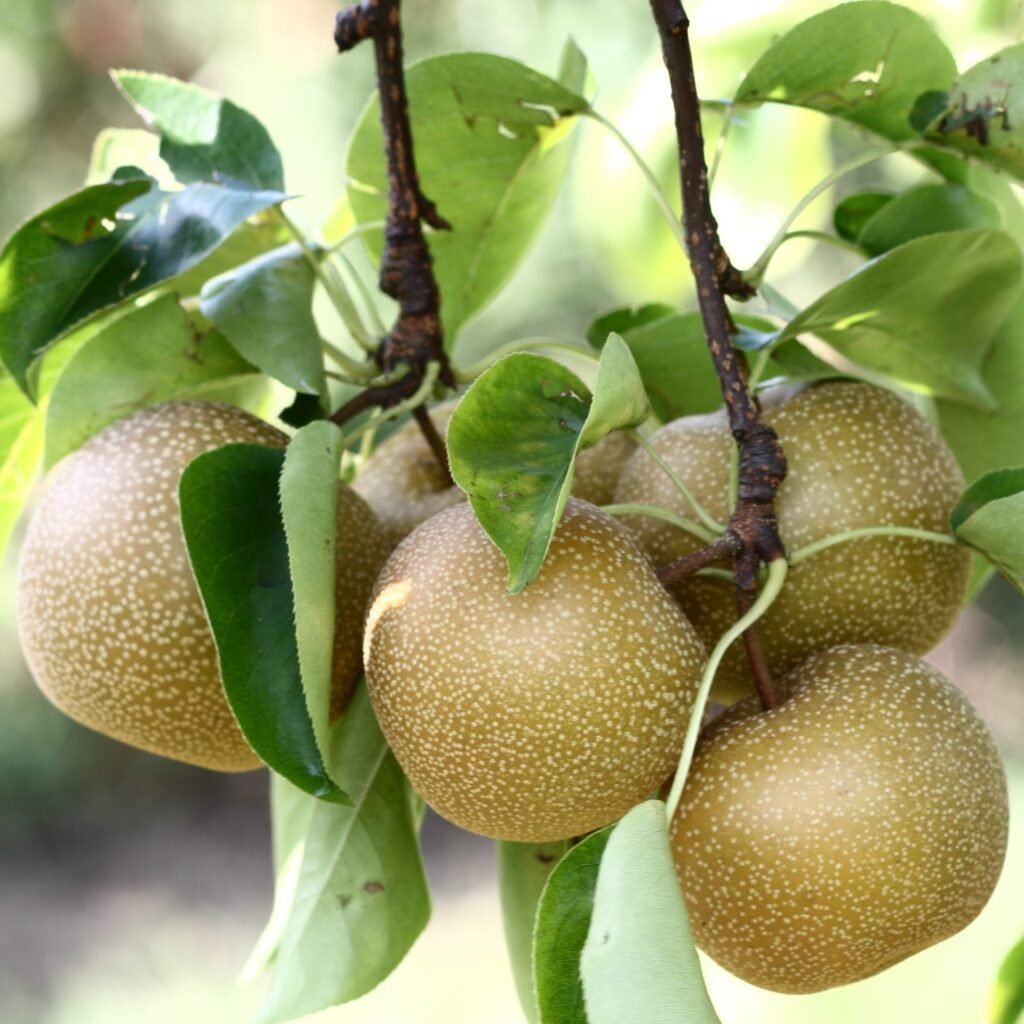
Feeding
Feed your Asian pear tree each spring with a balanced organic fertilizer (like 10-10-10) or compost tea. Mature trees need less frequent feeding — usually just a compost top-dress once a year.
Pest and Disease Prevention
Asian pears are naturally more resistant to common pear diseases like fire blight, but you should still monitor for:
- Aphids: Use neem oil or insecticidal soap.
- Pear psylla: Introduce beneficial insects like ladybugs.
- Codling moths: Use pheromone traps or bag the fruit.
- Rust or leaf spot: Prune for better airflow and apply copper-based fungicides if needed.
Healthy soil, mulching, and proper pruning are your best long-term defenses against problems.
Harvesting and Storing Asian Pears
Asian pears are typically ready to harvest in late summer through early autumn, depending on variety and climate.
When to Harvest
Unlike European pears, Asian pears ripen fully on the tree. You’ll know they’re ready when:
- The skin color changes from green to golden-yellow or bronze.
- The fruit feels firm but aromatic.
- It easily twists off the branch.
Avoid waiting too long — overripe fruits can fall and bruise easily.
Storage Tips
One of the best features of Asian pears is their remarkable shelf life. Store them:
- In a cool, dark place for up to 1–2 months.
- In the refrigerator for up to 4–6 months, maintaining crispness and flavor.
Their long storage life makes them perfect for extended enjoyment and gifting.
Using and Enjoying Your Harvest
Asian pears are incredibly versatile in the kitchen. Their crisp texture and delicate sweetness make them perfect for both fresh and cooked dishes.
Here are some delicious ways to use your harvest:
- Slice fresh for a refreshing snack or salad.
- Pair with cheese, nuts, and honey for an elegant appetizer.
- Add to stir-fries or grilled dishes for a sweet crunch.
- Use in desserts like tarts, poached pears, or cakes.
- Juice or blend into smoothies for a natural sweetness boost.
Because of their high water content, they’re also excellent for hydration and detox drinks.
Why Asian Pears Are the “Ultimate Rare Fruit”
In a world dominated by apples and European pears, Asian pears offer something refreshingly different. They combine beauty, flavor, resilience, and longevity — making them a perfect choice for both new and experienced gardeners.
Their rarity in Western home gardens adds to their allure. When friends visit and see round, golden “apple-like” fruits on your tree, you’ll be introducing them to a fruit that’s both ancient and exotic.
Plus, the joy of plucking a perfectly crisp, sweet pear straight from your own tree is an experience no store-bought fruit can match.
Final Thoughts
Growing Asian pears is one of the most rewarding experiences for any fruit lover. With their crisp texture, honeyed flavor, and elegant appearance, they truly live up to their reputation as a rare fruit worth growing.
These trees are hardy, productive, and stunning throughout the seasons — from fragrant spring blossoms to golden autumn harvests. And best of all, they bring a taste of Asian heritage and natural sweetness right into your backyard.
So, if you’re searching for a fruit that stands out from the ordinary, offers generous harvests, and fills your garden with beauty, Asian pears are the ultimate choice. Start with one tree (or two for pollination), nurture them with care, and you’ll soon enjoy baskets of crisp, aromatic fruit unlike anything you’ve ever tasted.
Because sometimes, the rarest things in life aren’t hard to find — you just have to plant them.
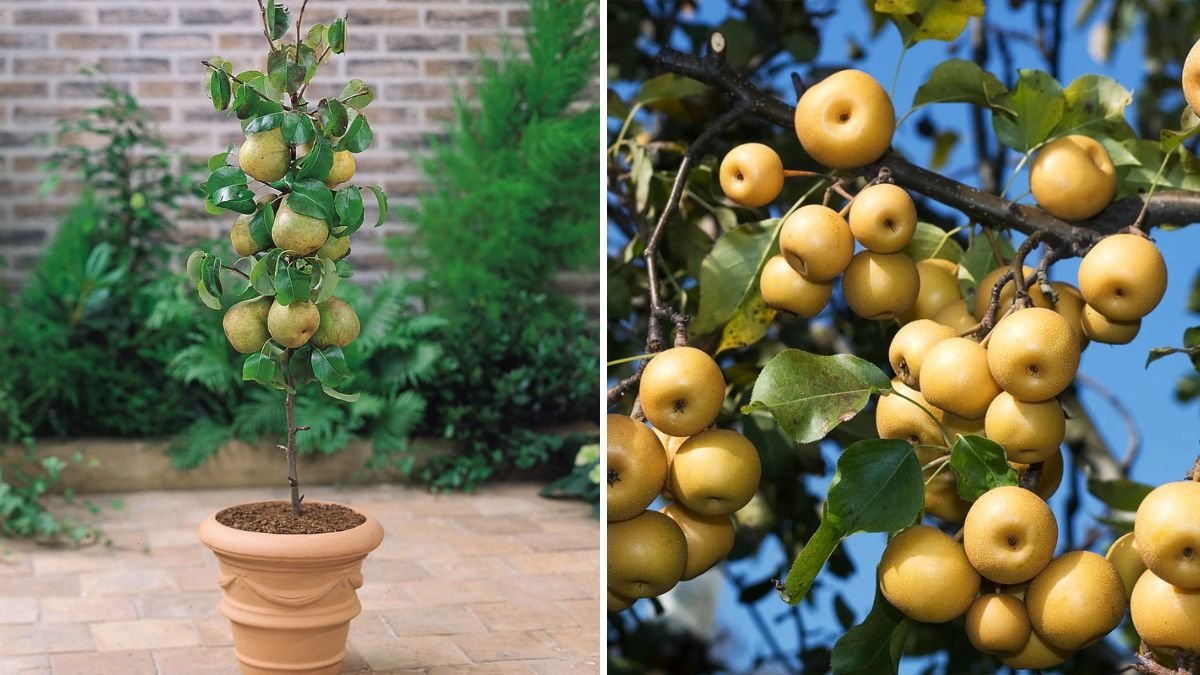
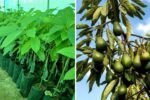
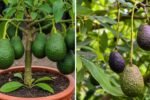
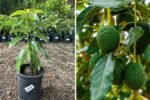
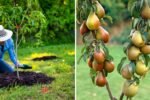
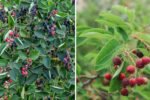
Leave A Comment